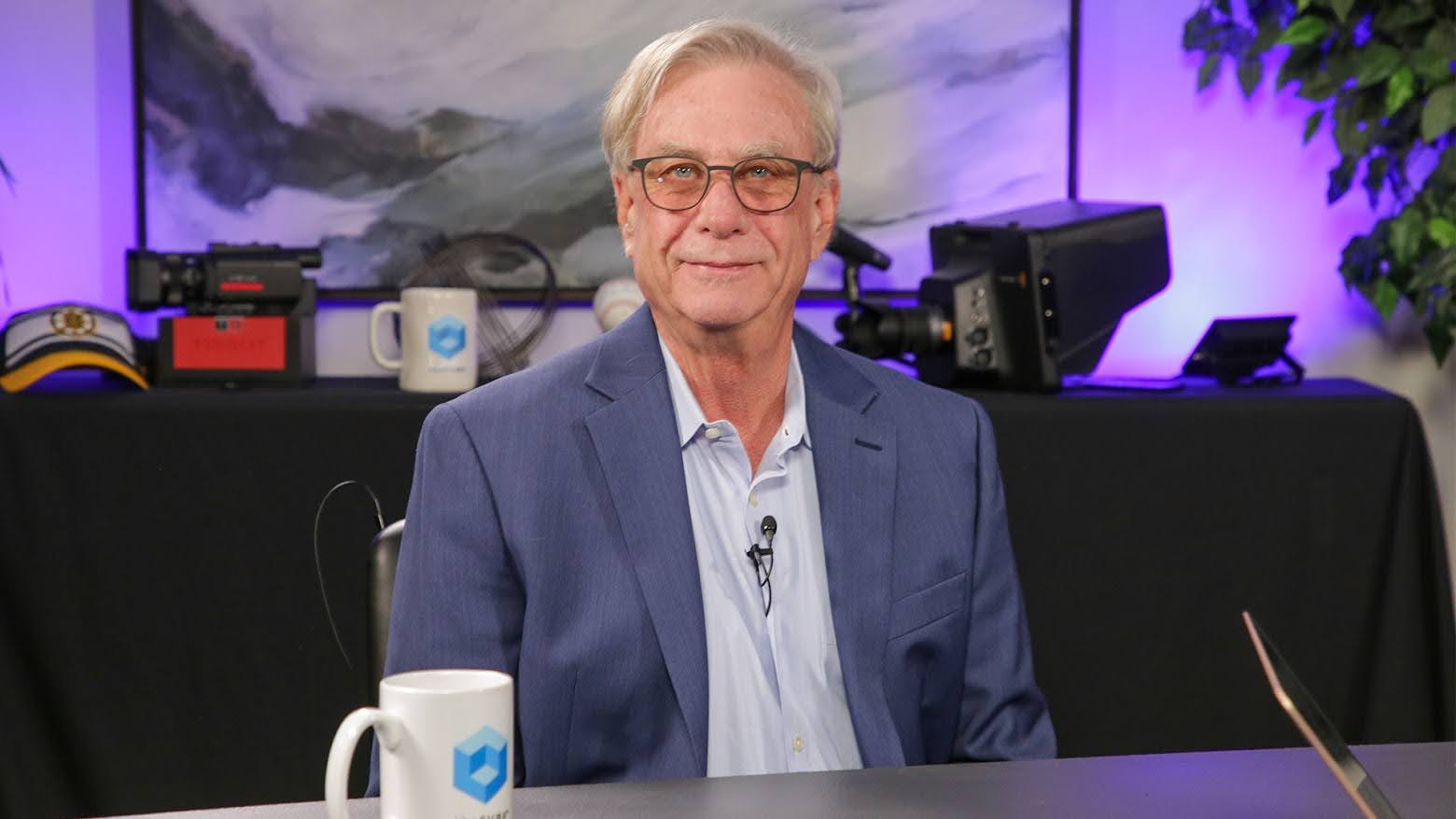 SECURITY
SECURITY
 SECURITY
SECURITY
 SECURITY
SECURITY
An engineer by training, author and tech veteran Mark Sorenson (pictured) ascended over the decades to become an executive leading thousands of engineers and software developers while managing successful businesses within iconic companies. His new book, “A Restaurant in Jaffa,” is a fictional cyber-thriller.
It’s often said that one should write what one knows. For Sorenson, that involved the computer industry and technology.
“That became a framework for what I wanted to write about,” he said. “We had a lot of engineers that worked for me way back in the day in Israel, and so I had a familiarity with the Israeli Middle East technology world, as well as the political challenges that we’re seeing play out over our TVs today. That became a natural background.”
Sorenson spoke with theCUBE industry analyst Dave Vellante at the Cyber Resiliency Summit, during an exclusive broadcast on theCUBE, SiliconANGLE Media’s livestreaming studio. They discussed today’s emerging threat landscape and the research that went into Sorenson’s new book. (* Disclosure below.)
There’s no question that today’s cybersecurity landscape is a big challenge for organizations and governments. Cybersecurity, which has evolved, needs to be top of mind for all IT professionals, according to Sorenson.
“You should probably always assume that it might happen someday. It probably will. So, if it does, what’s your plan?” he asked. “This is where I think a lot of folks are just beginning to realize that we can only put up the wall so high and so deep, but we should be prepared that someone’s going to break in, and once they break in and they damage or steal, otherwise impair the crown jewels of my business, what am I going to do about this?”
Many organizations today struggle with wanting best-of-breed technology with so much new innovation coming out. How might organizations balance best-of-breed with a need for greater simplification?
“Most companies, if you ask them, their CIOs and CTOs would tell you that their overarching security strategy is rather fragmented. This is because of the chase for the best-of-breed, individual silo of technology,” Sorenson said. “But they don’t talk to each other, or at least they haven’t.”
Many IT professionals today are trying to figure out how to get an umbrella across this that keeps all of these technologies together. But it’s a complicated process, according to Sorenson.
“Sometimes, you just can’t get it from a single vendor,” he said. “How can I get an umbrella around here that creates policies around this, that has unified authentication and credentialing technologies? How to … if and when things go south and I have to rebuild my infrastructure, rebuild my business?”
How can all of these disparate pieces fit together? An organization can start by letting its cloud provider provide most of that, according to Sorenson.
“That’s one way, in a very viable way, to do that,” he said. “But there’s always going to be a component … that you still have to worry about.”
Here’s the complete video interview, part of SiliconANGLE’s and theCUBE’s coverage of the Cyber Resiliency Summit:
(* Disclosure: TheCUBE is a paid media partner for the “Cyber Resiliency Summit.” Neither Dell Technologies Inc., the sponsor of theCUBE’s event coverage, nor other sponsors have editorial control over content on theCUBE or SiliconANGLE.)
THANK YOU